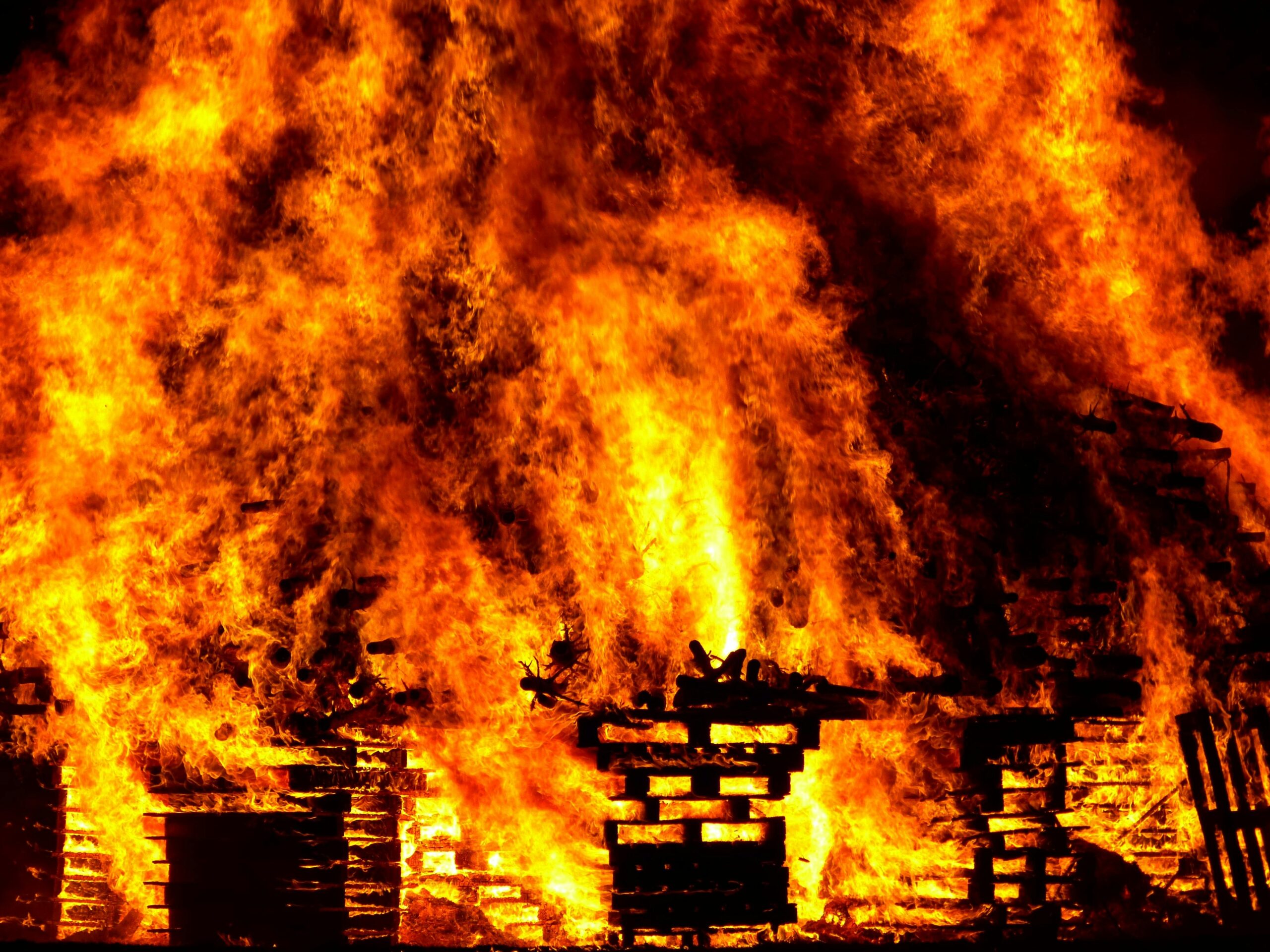Disaster cinema has become a veritable genre, alluring many audiences with its grittiness and realism. Unfortunately, the planet has had no dearth of natural and human-made disasters. Filmmakers are doing what they’re good at to understand the situation: make movies about it.
Some all-time great filmmakers are turning their energies toward this genre. It has been a wild ride from James Cameron’s epic Titanic in 1997 to Adam McKay’s satirical Don’t Look Up about an imminent asteroid collision.
Some films cover disasters stemming from human negligence. Think Contagion, whose viral spread is much too painful to think of after the COVID-19 pandemic. Think Only the Brave and how it heart-wrenchingly depicted firefighters trying to battle against wildfires.
It might seem that making a movie about a disaster is removed from the real incident. However, filmmakers must take precautions to keep themselves safe, especially when shooting on location.
Protecting Against Chemical Exposure
Some of the worst disasters in history have been caused by chemical leaks and explosions. Big corporations have come under scrutiny for polluting water sources and endangering the lives of nearby communities. The brilliant Dark Waters told the real story of an environmental attorney who fought a long, hard battle against DuPont.
As a filmmaker, you may venture out to vulnerable areas that have previously faced the wrath of chemical spills or oil leaks. You may investigate the sight of a massive fire if you wish to showcase it in a movie. Such excursions may be mandatory for research but have a legitimate health risk.
Often, “forever” chemicals like PFAs may linger in the groundwater of affected areas. For example, AFFF or Aqueous Film Forming Foam is used to extinguish liquid fires in airports and military regions. This firefighting foam contains PFAs and has a strong linkage with cancer. The AFFF lawsuit aims to bring accountability and justice for those who have suffered in its wake.
Filmmakers should be adequately protected when visiting such locations. Personal protective equipment like masks can be a simple but effective strategy to avoid exposure to toxic chemicals.
According to TruLaw, litigation is an option for those facing the ill effects of chemical exposure. As a responsible filmmaker, you can showcase how people in vulnerable areas can seek financial and medical help for health conditions.
Safety Around Explosives and Stunt Vehicles
Human beings have been responsible for some of the worst disasters ever. A case in point is the tragic World Wars that killed millions of people – a disaster that sprung from hatred and bigotry.
Filmmakers have frequently taken inspiration from such events to tell stories of human cruelty, hoping to make amends. However, not being safe while recreating tragedies on a reel can be disastrous.
Who can forget the horrific accident while making Twilight Zone: The Movie, even though it happened in 1982? John Landis directed a stunning tale set in the backdrop of World War II and the Vietnam War. During its making, actor Vic Morrow and two children lost their lives due to a detonation followed by a helicopter crash.
Following this accident, the authorities made new safety standards for using helicopters in filmmaking. However, Variety notes that such accidents have not ceased. On-set accidents also occurred during movies like Midnight Rider and The Crow. New safety regulations for filming depend on the times, the localities, and the mood of the authorities.
The BBC highlights the need for intensive planning before filming stunts, particularly those involving vehicles. For example, the filmmakers must thoroughly check a stunt car’s dimensions and air pressure. The Ryan Gosling-starring Fall Guy is a brilliant example of the work that goes behind stunts. It also builds a strong case for giving the backstage people their due recognition.
Mental Wellness While Filming Personal Tragedies
Another impactful genre of cinema is character studies of people unraveling – mentally – due to trauma or underlying psychological conditions. These movies tell of personal disasters that can be utterly horrifying for the people involved and their loved ones. Filming them can take a toll on the actors, with many finding it difficult to separate the character from real life.
Consider Black Swan, the haunting tale of a ballet dancer torn apart by her desire to be the best. Natalie Portman underwent hours of intense ballet training to perfect her art. She also endured a restricted diet and limited social life to “experience” the mental trauma of the character.
The Exorcist is infamous for its multiple on-set accidents, including a serious back injury to the child actor Linda Blair. She went on to suffer scoliosis throughout her life. Film analysts have also argued the impact of the movie’s plot – replete with multiple scenes of possession – on her impressionable mind.
More filmmakers have started to consult with behavioral experts and counselors to partner with actors and crew members during prolonged shoots. Child actors may need special attention to ensure confidence and a fear-free mind when dealing with complex issues.
Disaster cinema has a lasting appeal for audiences, whether it deals with personal or community-level challenges. Perhaps their charm comes from how close to reality they can be. Or, conversely, maybe it is their sense of escape?
Whatever the case, well-made disaster movies have immense potential for success and critical acclaim. Consequently, filmmakers should invest in heightened safety precautions during their production. The dangers transpiring on the screen should not exit the frame.

